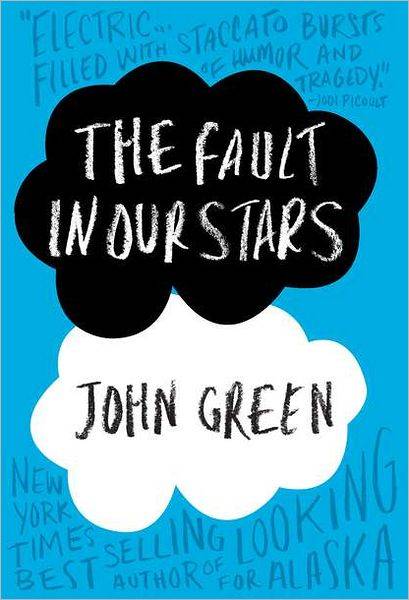
Anyone who has read the play “Romeo and Juliet” by William Shakespeare is probably familiar with the concept of star-crossed lovers. This tragic story of two people who, although deeply enamored with each other, are fated to be torn apart by forces beyond their control has held readers and audiences in rapture for centuries. To be quite frank, however, I have never really liked it. No offense to Mr. Shakespeare, of course.
I find his way with words to be nothing short of enchanting and enjoy a good many of his works. However, the impetuously blockheaded actions of the two title characters and complete failure to communicate cause me to view this particular play with a great amount of disdain. For this reason I never really gave the idea of being star-crossed much thought. Never, that is, until I read “The Fault in our Stars” by John Green.
This work of fiction is especially geared toward young adults, but almost anyone could benefit from reading it. It tells the story of Hazel, sixteen-year-old girl who is living with cancer. The disease was initially located in her thyroid, but spread, ravaging her lungs so that at the start of the story she is dependent on an oxygen tank that she humorously nicknames Paul.
Despite having survived a brush with death, Hazel is forced to go about her days facing the fact that the disease could one day take her life. To aid her with processing this experience, Hazel’s mother makes her attend a group support session, and it is there that Hazel first meets Augustus, a cancer survivor and now her star-crossed lover.
Needless to say, the two fall in love, but the time they share together can hardly be described as stereotypical sappy romance. Both Augustus and Hazel are bright and vibrant characters who possess a truly unique wit. They are the type who can pass around quips without even having to think about it. Their time together is not portrayed through overly romantic and descriptive scenes, but through random, amusing escapades and semi-adventures.
Admittedly cynical, the two maintain their senses of humor even when it becomes clear that they are fated to be torn apart. The book is sad, but their fresh perspective made it bittersweet. I found myself questioning everything from how I would cope in their situation to the value of an individual in the universe to the fate of a Hamster.
In addition to his characters, John Green’s writing style is very entertaining. Fast-paced and frank, “The Fault in Our Stars” is a very fast read, but I would not recommend reading through it too rapidly. Try to savor if you can. You might just find yourself associating the mention of star-cross lovers with a whole new set of faces.
